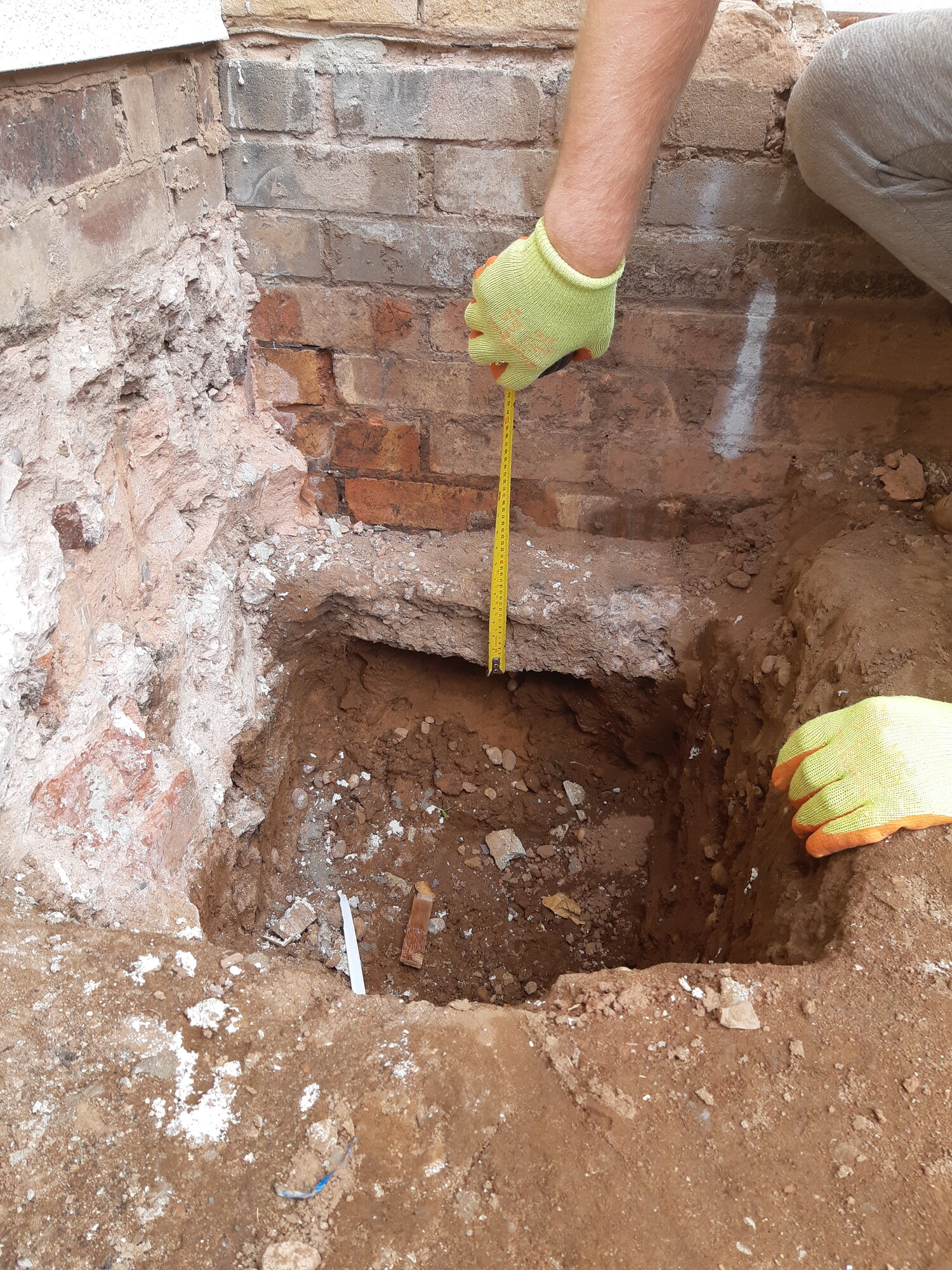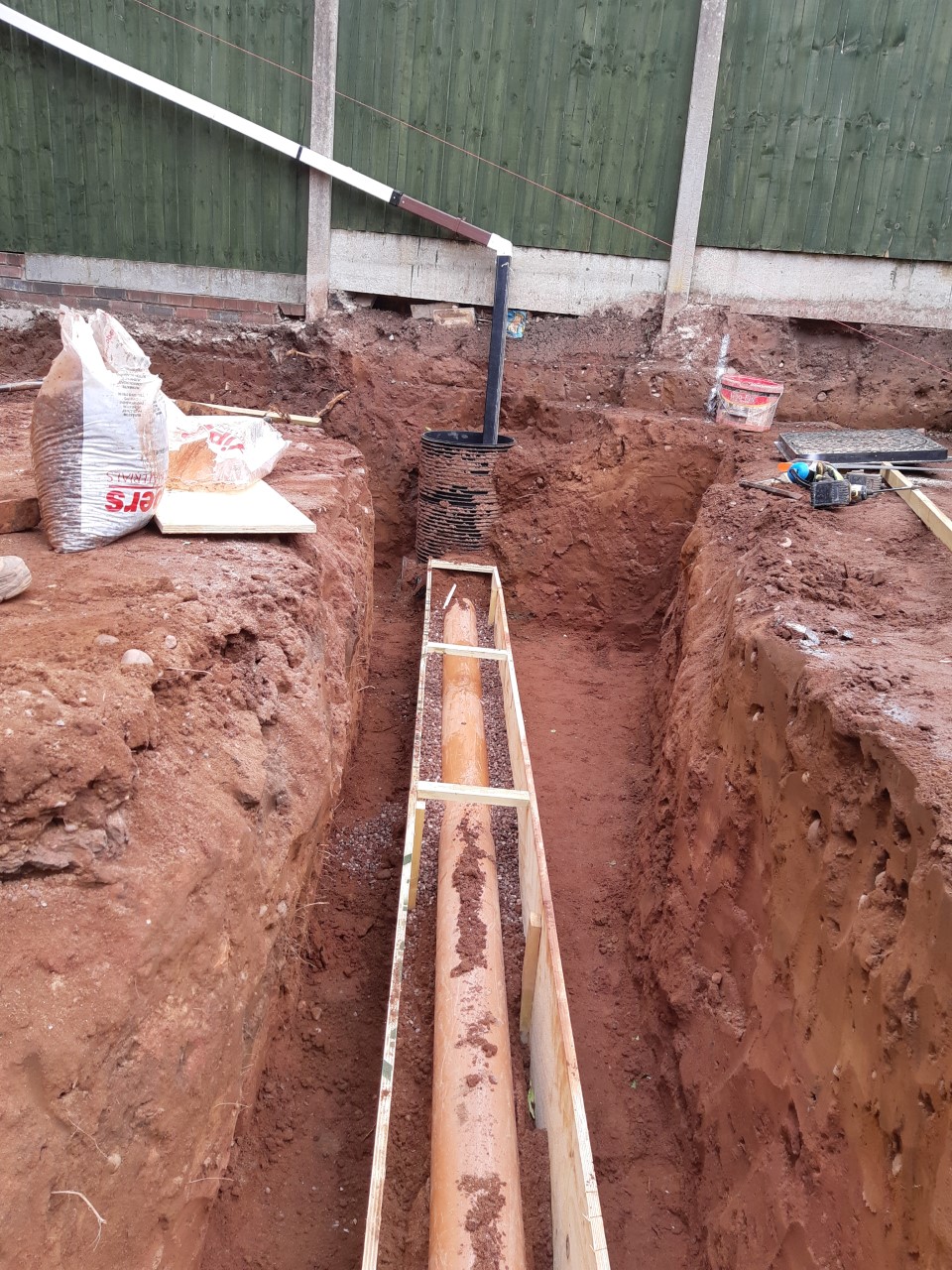You are so wrong and out of your depth its staggering.That's because at 1000mm there's solid ground which allows the 225mm concrete.
That's why fundations must be considered accordingly to the ground.
A 200mm will do for all approach will inevitably end up like the porch in this thread.
As people have explained. Its not so much the thickness of concrete as the width of the concrete v's the width of the masonry.
Its not so much about the lack of thickness as the ground beneath and the width of foundatuions v's the thickness of the wall.
Its also much to do with ground conditions.
Its collapsing because it is likely to be on made up ground.
Your theory that its the thickness of concrete (200mm) that is at fault is just plain wrong. Hundreds of thousands of houses are built upon less.....
As for this little nugget..
Unbelievable.Let me explain the basics:
Some houses, especially terraced are built on what builders call "slabs".
A few years ago, instead of digging footings where the supporting walls would sit and later think about flooring, they used to pour concrete over the all area of the terrace and create a giant slab.
Then they would build on it having to bother only about screed internally as they already had the base or joists and floorboards for suspended floors.
I'm not a structural engineer but I guess that having this large surface would spread the weight and so it could be thinner than today's footings.
However, like me, a lot of us here have seen cracked properties because the slab sometimes doesn't take the weight.
It's a free lesson in basic (ancient?) construction.
Stick to gardening mate, you have not the foggiest idea. (its called a raft by the way, not a slab).



